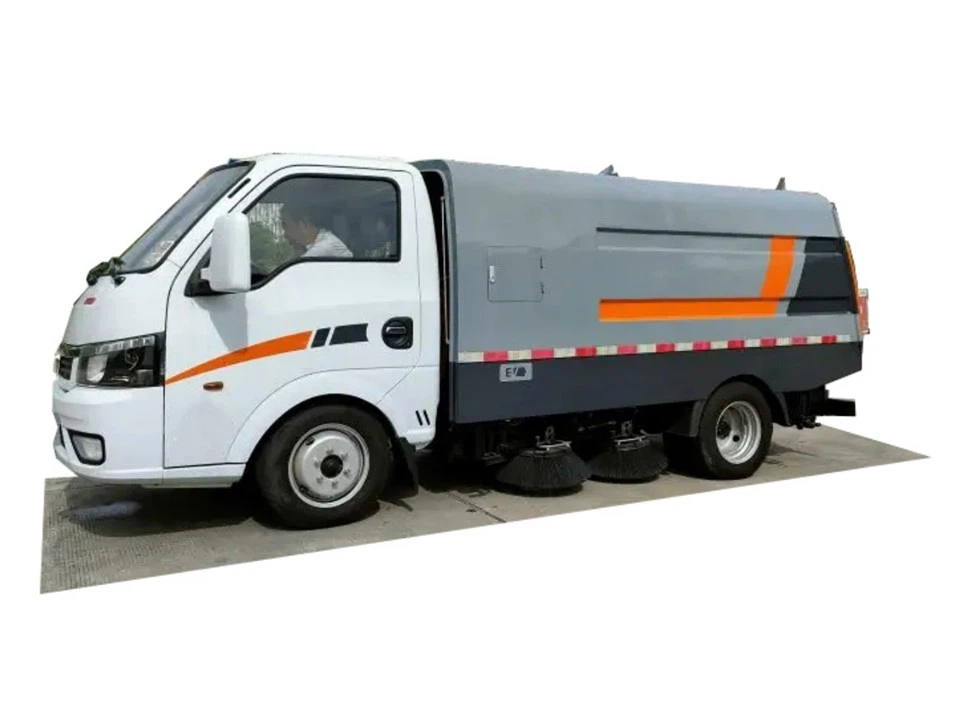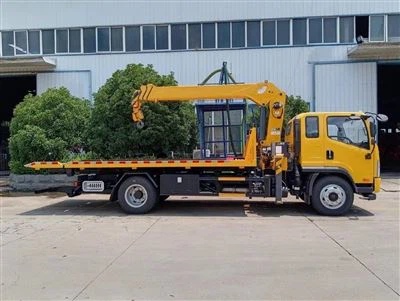Understanding the Parts of a Tanker: A Comprehensive Guide

Tankers are large vessels designed primarily for transporting liquid cargo, such as crude oil, chemicals, and liquefied natural gas. Given their vast size and complex structure, understanding the various components is essential for anyone interested in maritime operations, shipping logistics, or marine engineering. In this article, we will delve into the parts of a tanker, exploring their specific functions, types, and importance to the overall operation of the vessel.
1. Overview of Tankers
Tankers are categorized primarily based on the type of cargo they transport. They can range from oil tankers and chemical tankers to gas carriers and product tankers. Each type has distinct features tailored for its specific cargo. In the following sections, we will explore the typical components found in most tankers, regardless of their specific type.
2. Hull Structure
2.1 Definition and Function
The hull is the watertight body of the tanker, providing the primary structure and strength necessary for navigation. It protects the cargo from external elements while ensuring the vessel’s stability and integrity in various marine conditions.
2.2 Key Components of the Hull
- Keel: The backbone of the ship, running along the bottom. It provides structural integrity and stability.
- Frames: Vertical supports that add shape and structure to the hull.
- Plating: Steel sheets covering the frames, forming the outer shell of the tanker.
2.2.1 Hull Construction Materials
The hull is typically constructed from steel for its strength and durability. Some modern tankers use specialized alloys or composite materials to enhance resistance to corrosion and reduce weight.
3. Cargo Tanks
3.1 Types of Cargo Tanks
Cargo tanks are integral parts of tankers, specifically designed to hold the cargo securely. These tanks come in various shapes and sizes, depending on the tanker type.
3.2 Types of Tankers Based on Cargo
| Type of Tanker | Cargo | Tank Type |
|---|---|---|
| Oil Tanker | Crude oil, refined products | Bladder tanks |
| Chemical Tanker | Chemical products | Coated tanks |
| Gas Carrier | LNG, LPG | Spherical or membrane tanks |
3.3 Cargo Tank Features
- Double Hull: An additional layer of hull, enhancing safety by reducing the risk of leaks.
- Tank Coatings: Special coatings are used to prevent corrosion and chemical reactions with the cargo.
4. Pumping and Loading Systems
4.1 Role of Pumps
Pumping systems are crucial for loading and unloading cargo. Efficient pumps minimize transfer time and reduce the risk of spills.
4.2 Types of Pumps Used in Tankers
- Centrifugal Pumps: Most common for liquid cargo due to their efficiency and ease of operation.
- Positive Displacement Pumps: Used for viscous or high-pressure cargoes.
5. Ballast System

5.1 Purpose of Ballast
The ballast system is critical for maintaining the stability and buoyancy of the tanker, especially when it is empty or partially loaded. It involves the taking in or discharging of water to ensure the vessel remains upright.

5.2 Components of the Ballast System
- Ballast Tanks: Dedicated sections within the hull that can be filled with water.
- Pumps and Valves: Mechanisms to control the flow of ballast water.
6. Navigation and Control Systems
6.1 Bridge and Wheelhouse
The bridge is where the ship is commanded. It hosts various navigation equipment, communication systems, and control stations.
6.2 Key Instruments on the Bridge
- Radar: Used for detection of other vessels and monitoring weather conditions.
- GPS: Essential for precise location tracking and navigation.
- Autopilot Systems: Assist with steering, reducing manual workload.
7. Safety and Emergency Equipment
7.1 Importance of Safety Equipment
Safety is paramount in tanker operations due to the hazardous nature of the cargo. Thus, tankers are equipped with various emergency and safety systems.
7.2 Essential Safety Equipment
- Lifeboats: For evacuation in emergencies.
- Firefighting Systems: Installed to mitigate fire risks due to cargo.
- Emergency Shutoff Valves: Quickly stop cargo flow in emergencies.
8. Engine Room
8.1 Function of the Engine Room
The engine room is often considered the heart of the tanker, housing all machinery necessary for propulsion and power generation.
8.2 Key Components of the Engine Room
- Main Engine: Powers the ship forward.
- Auxiliary Engines: Generate electricity for onboard systems.
- Cooling Systems: Maintain optimal operating temperatures.
9. Crew Accommodation
9.1 Living Quarters

Tankers have designated crew accommodation areas, ensuring comfort during long voyages. These areas generally include cabins, a mess room, and recreation facilities.
9.2 Importance of Crew Welfare
Providing adequate living conditions for crew members is essential for maintaining morale and operational efficiency.
10. Environmental Considerations
10.1 Regulations and Compliance
Tankers must adhere to strict environmental regulations, which include guidelines for preventing oil spills and reducing emissions.
10.2 Technology and Innovations in Tanker Design
Advances in technology are leading to the development of more environmentally friendly tankers, including those with energy-efficient engines and enhanced hull designs for better fuel efficiency.
FAQs About the Parts of a Tanker
1. What is the primary purpose of a tanker ship?
The primary purpose of a tanker ship is to transport liquid cargo, such as oil, chemicals, or gas, across oceans and seas.
2. What makes the hull of a tanker unique?
The hull of a tanker is uniquely designed to handle the immense pressures of carrying liquid cargo, often featuring a double hull for added safety.
3. How do tankers maintain stability when carrying cargo?
Tankers maintain stability through ballast systems that adjust the weight distribution by taking on or discharging water as needed.
4. What safety equipment do tankers carry?
Tankers are equipped with safety equipment such as lifeboats, firefighting systems, emergency shutoff valves, and communication devices for emergencies.
5. How does a tanker unload its cargo?
A tanker unloads its cargo through specialized pumping systems that transfer the liquid from cargo tanks to shore facilities.
6. What regulations must tankers comply with?
Tankers must comply with international regulations regarding safety, environmental protection, and cargo handling to minimize risks associated with operations.
